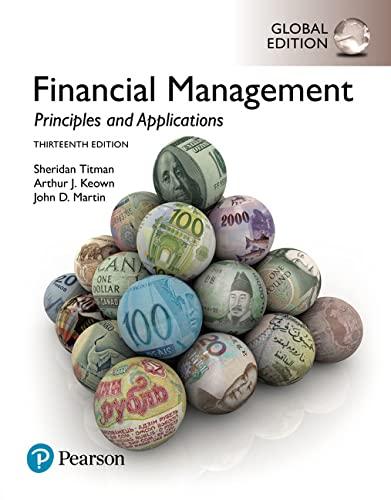Question
Are Registered Retirement Savings Plans (RRSPs) all that they are cracked up to be? RRSPs are a vehicle that allows an individual to save for
Are Registered Retirement Savings Plans (RRSPs) all that they are cracked up to be? RRSPs are a vehicle that allows an individual to save for his/her retirement. One of the key advantages to RRSPs is that your money accumulates tax-free. That is, the interest income your RRSP earns each year is not taxed. To see the advantage of this, consider the following: You are 21 years old and you have decided to deposit $2500 a year into an RRSP earning interest at i = 8%. You make your deposits at the beginning of each of the next 42 years (i.e. first deposit made today and final deposit made at age 62, one year before you plan to retire). Calculate the accumulated value of your deposits each year up to age 63 assuming (i) you pay no tax on the annual interest income (i.e. using an RRSP) (ii) you pay tax on the annual interest income at the marginal tax rate of 22% (i.e. saving your money outside of an RRSP) Show the accumulated value at the end of each year under both (i) and (ii). Graph your results (3 + 3 + 3 = 9 marks)
Step by Step Solution
There are 3 Steps involved in it
Step: 1

Get Instant Access to Expert-Tailored Solutions
See step-by-step solutions with expert insights and AI powered tools for academic success
Step: 2

Step: 3

Ace Your Homework with AI
Get the answers you need in no time with our AI-driven, step-by-step assistance
Get Started


